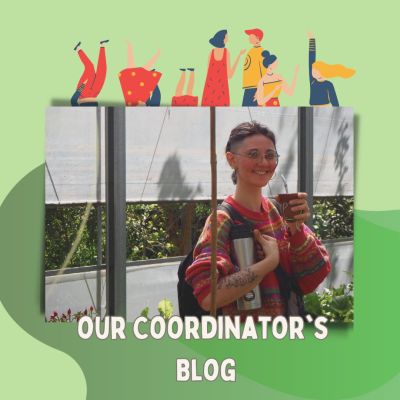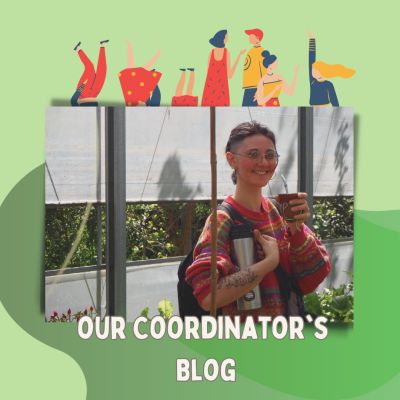Nicolás Cancino is a porteño, student of sociology and also a tour guide who offers an alternative way to observe Buenos Aires through a different perspective. Passionate about La Boca and his history, he proposes a social view of this important neighborhood and tells foreigners about its people and their social background.
He starts the tour right next to the river, where it all started, since he believes that in order to be able to understand this emblematic place of Buenos Aires it is necessary to know its history. La Boca, which means the mouth as it was located in the mouth of the river, was the first piece of land that many foreigners set foot on when they arrived in Argentina, since this is where ships that came from all over the world disembarked.
Many of them were promised a piece of land in a country located at the end of the newly discovered continent filled with “opportunities”, but the truth was far from this and in the end these people were forced to settle down, with no money and work, in the city, making this neighborhood a mix of a multitude of cultures, languages and traditions.
But before foreigners from different european countries who were fleeing war and starvation arrived in the waters of Buenos Aires, the first ones to disembark in la Boca were Italians from the north part of the country, specifically from Genoa which at the time wasn’t considered Italy and had its own dialect. They were the ones in charge of leaving a strong cultural mark in the city permeating it with all kinds of that are still visible to this day.
La Boca then became a vulnerable neighborhood overpopulated with expatriates, mainly european, who had a struggling life and inevitably had to connect with each other to be able to survive on a daily basis. “Los conventillos” were the main space where all this mix happened. They were big houses with different rooms, one communal kitchen and one bathroom. It is believed that up to 20 people slept and lived on the same room under precarious circumstances.
This context led to a cultural exchange that ended up creating different traditions such as tango, a new lingo composed of words from different languages and football. It could be said that when Buenos Aires was just starting to grow as a metropolis, la Boca was the cultural representation of what this city would become in the future.






